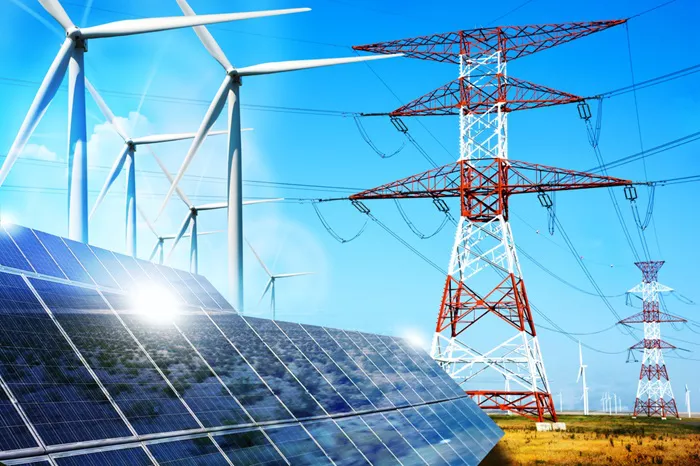The US Energy Information Administration (EIA) forecasts a shift in electricity generation trends for the latter half of 2024, driven by rising demand and natural gas prices. According to the July Short-Term Energy Outlook (STEO), EIA anticipates a 36% increase in natural gas prices compared to the first half of the year, prompting a decline in electricity generation from this source, traditionally the largest for US electricity.
Electricity demand is projected to rise by approximately 2% in the second half of 2024 compared to the same period last year. To meet this demand, EIA expects significant increases in renewable and coal-generated power. Solar energy generation is forecasted to surge by 42%, while wind, hydropower, and coal are expected to contribute 6%, 3%, and 3% more electricity respectively compared to the second half of 2023.
The first half of 2024 saw a 5% increase in US electricity generation compared to the previous year, driven partly by hotter-than-normal weather conditions that boosted air-conditioning usage. Looking ahead, EIA predicts a modest 2% growth in electricity generation for the latter half of the year. This growth will be influenced by continued demand expansion in the commercial sector, including data centers, tempered by similar temperature patterns observed in late 2023.
Key highlights from the July STEO also include projections for Brent crude oil prices to average $89 per barrel in the second half of 2024 and $91 in the first quarter of 2025. This increase reflects EIA’s expectation of reduced global crude oil supplies amidst rising global consumption of liquid fuels.
Regarding household expenditures, EIA forecasts that US households will allocate about 2.3% of their disposable income to gasoline in 2024, slightly decreasing to 2.2% in 2025. This forecast accounts for anticipated improvements in vehicle efficiency and household income, which are expected to offset potential increases in gasoline prices and consumption.
In conclusion, EIA’s latest outlook underscores a dynamic energy landscape characterized by evolving electricity generation patterns and shifting global oil market dynamics, with implications for both energy producers and consumers in the United States.
Related topics:
EU Parliament’s Historic Vote Marks Milestone Against Illegal Logging
EPA Approves Permit For Cement And Asphalt Plant
U.S. Crude And Fuel Inventories Decline According To EIA Report

